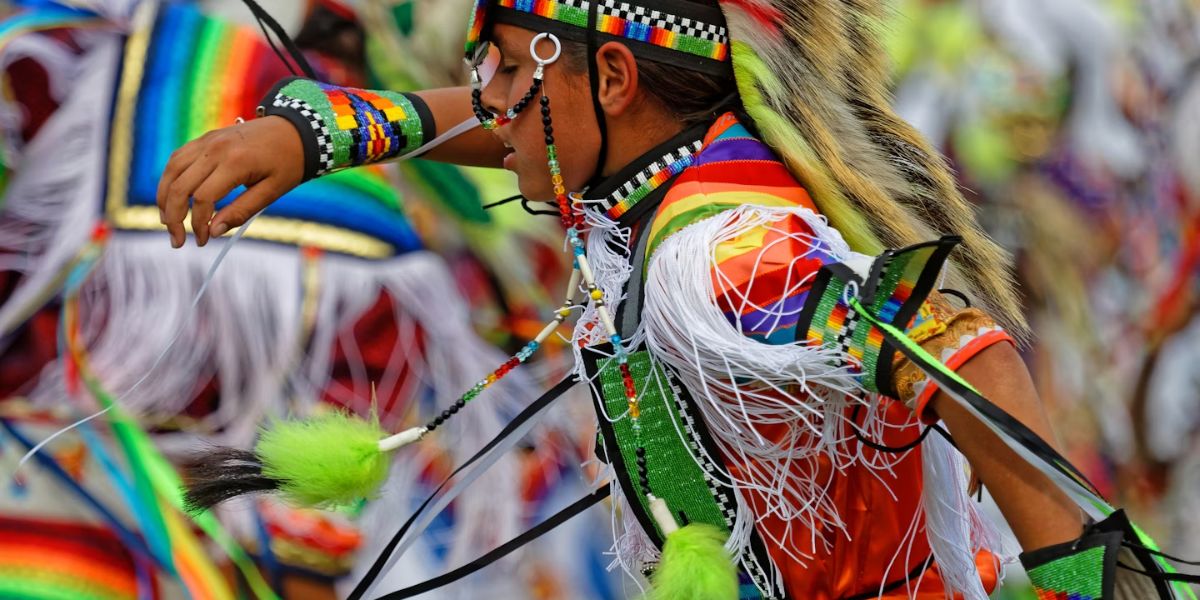8 Best Places to Learn About California’s Native American Heritage
California’s lands have been home to Native American peoples for thousands of years, long before European settlers arrived. From the Yurok of the north coast to the Kumeyaay near San Diego, California’s Indigenous tribes hold a deep, enduring connection to the land, water, and traditions.
Today, visitors can explore museums, cultural centers, historic sites, and sacred landscapes that honor and preserve Native American stories, art, and resilience.
Here are eight of the best places in California to deepen your understanding of Native American heritage.
1. The Autry Museum of the American West (Los Angeles)
Located in Griffith Park, the Autry Museum offers one of the most comprehensive collections on Native American history in the western United States. The museum’s impressive Native Voices program showcases Indigenous storytelling, theater, and visual arts.
Permanent exhibits highlight Native cultures of California, including their relationship with the environment, basketry, tools, and oral traditions. Special exhibits often feature contemporary Native artists, giving visitors a glimpse into how traditional practices continue to evolve today.
2. California State Indian Museum (Sacramento)
Nestled near Sutter’s Fort, the California State Indian Museum has been dedicated to honoring Native peoples since 1940. The museum focuses on three central themes of Native life: nature, spirit, and family.
Visitors can see stunning examples of handwoven baskets, ceremonial regalia, hunting and fishing tools, and photographs of tribal communities across California. Interpretive panels explain the spiritual significance behind many artifacts, and the site also acknowledges the complex impact of colonization on California’s Indigenous populations.
3. Chumash Painted Cave State Historic Park (Santa Barbara County)
This small but extraordinary site preserves one of the finest examples of rock art in California. Tucked into the Santa Ynez Mountains, Chumash Painted Cave features vivid pictographs created by the Chumash people centuries ago.
While access to the interior is limited to protect the artwork, visitors can view the cave’s remarkable paintings through protective gates. Interpretive signs nearby help explain the symbols, believed to be linked to Chumash spiritual and ceremonial life. It’s a profound reminder of the sacred landscapes that continue to hold meaning for Native communities today.
4. Agua Caliente Cultural Plaza (Palm Springs)
The Agua Caliente Band of Cahuilla Indians has built an extraordinary new cultural destination right in downtown Palm Springs. The Agua Caliente Cultural Plaza, which includes a museum and a spa fed by the tribe’s sacred hot mineral spring, opened to celebrate Cahuilla heritage.
The state-of-the-art museum tells the tribe’s story through multimedia exhibits, historic artifacts, and cultural displays, while the surrounding plaza honors the tribe’s connection to healing waters and desert landscapes. This is a must-visit stop for anyone interested in the living heritage of Southern California tribes.
5. Kumeyaay Ipai Interpretive Center (Poway)
Just north of San Diego, the Kumeyaay Ipai Interpretive Center offers visitors a unique chance to explore the heritage of the Kumeyaay people, whose ancestors have lived in the region for over 12,000 years.
The center sits on a beautiful hillside preserve, with guided tours that explain traditional Kumeyaay homes (ewaas), grinding stones, plants used for food and medicine, and archaeological sites. Visitors gain a hands-on appreciation for the Kumeyaay’s enduring knowledge of the land and their role in shaping California’s environmental history.
6. The Grace Hudson Museum (Ukiah)
Located in the heart of Mendocino County, the Grace Hudson Museum focuses on the art and culture of the local Pomo people. Grace Hudson was a painter who became known for her sensitive portraits of Pomo individuals in the late 19th and early 20th centuries.
While the museum offers insight into Hudson’s life and artistic work, it also highlights Pomo culture, including stunning feathered baskets, regalia, and the tribe’s resilience through history. The museum sits on the former Hudson home site, called The Sun House, which is listed on the National Register of Historic Places.
7. Tule River Indian Reservation and Giant Sequoia Groves (Porterville Area)
For those seeking both cultural and natural wonders, the Tule River Indian Reservation near Porterville offers an opportunity to appreciate the heritage of the Tule River Yokuts people. Visitors can explore the reservation’s Painted Rock site, known for its ancient Yokuts rock art, depicting animal and human figures.
Nearby, the awe-inspiring groves of giant sequoias, including the famous Stagg Tree, remind visitors of the deep relationship between Native peoples and California’s forests. Access may require coordination with tribal authorities, as some areas are considered sacred and protected.
8. Indian Canyons (Palm Springs)
Indian Canyons is one of Southern California’s most popular destinations for those wanting to walk directly into Indigenous history and landscapes. Owned and stewarded by the Agua Caliente Band of Cahuilla Indians, this desert oasis features hiking trails through Palm, Andreas, and Murray Canyons.
Visitors can see ancient rock art, historic irrigation ditches, and remnants of traditional Cahuilla homes. Towering California fan palms, crystal-clear streams, and striking rock formations provide not only stunning scenery but also a living classroom on how the Cahuilla thrived in a desert environment.
Final Thoughts
California’s Native American heritage is rich, complex, and vibrantly alive. These eight destinations offer just a glimpse into the cultural treasures, histories, and landscapes that Indigenous peoples have safeguarded for millennia. Whether you’re exploring a museum, hiking sacred canyons, or viewing ancient rock art, each place invites visitors to listen, learn, and reflect on the resilience and ongoing contributions of Native communities across the state. As you visit, remember to approach these sites with respect — they are not just historic landmarks, but living legacies.

